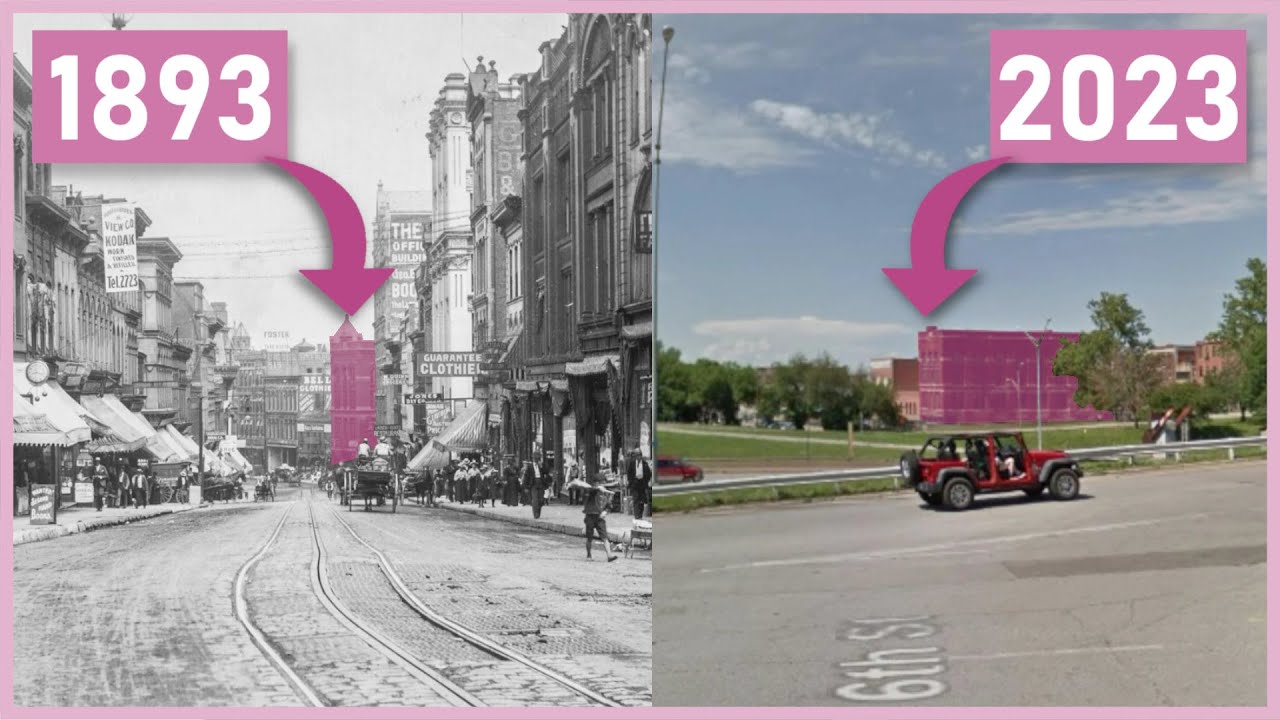The financial unsustainability of traditional, car-centric American suburbs, consisting mainly of single-family units, is a critical aspect of the problem of urban sprawl. The design of these suburbs necessitates constant expansion into undeveloped land. This is because the initial infrastructure costs, such as roads, utilities, and public services, are often subsidized by development fees and future property taxes from new construction. However, as these communities age, the costs of maintaining and replacing this infrastructure can significantly exceed the revenue from property taxes, creating a financial shortfall. This is often referred to as a “growth Ponzi scheme” – new development brings in a temporary influx of revenue, which is used to pay for the cost of existing liabilities, but in the process, incurs even more long-term liabilities.
Moreover, the dispersed, low-density nature of these suburbs compounds the issue, leading to inefficient public service delivery and increased per capita costs. The reliance on private vehicles, due to large distances between residences, workplaces, and essential amenities, also places a heavy financial burden on families, particularly those in lower income brackets. Affordable housing options are limited, contributing to socio-economic segregation. Furthermore, the conversion of natural and agricultural land into residential and commercial areas can lead to losses in ecosystem services, the costs of which are often not accounted for. Thus, from both a municipal and a resident perspective, traditional American suburbs present a financially unsustainable model for urban development.



deleted by creator
Yeah, because remote suburbs are just perfect for disabled people with mobility issues. 👍
There’s no way you are not a troll lmao
Much emotion, low education
(((Inner city crime))) (((wealthy cosmopolitan elites)))
Usually, the multiple parenthesis are used to dog whistle “Jews”, but this guy was dog whistling “black people”.
I’m not sure if there’s a way to sarcastic indicate that form of stupidity…
Anyway, for those who don’t know, “white flight” to the suburbs started almost exactly the same time that segregation was ended. What a coincidence. Particularly the desegregation of schools.
Speaking of the desegregation of schools, the forced desegregation of certain white only universities was the start of the religious right in politics, not Roe v Wade, which was decided some 7 or so years earlier.
So much bullshit I don’t even know where to begin.
I suggest that anyone interested in this topic watches this playlist which goes into the economics (and much more) about why current American planning doesn’t work and is destroying the US:
https://youtu.be/y_SXXTBypIg?list=PLJp5q-R0lZ0_FCUbeVWK6OGLN69ehUTVa
deleted by creator
I’ll never understand how anyone could say cities are ableist in the slightest. Less cars means you’re more free to just go places, walking or otherwise, so it’s safer for people with vision or hearing disabilities. More public transit means it’s easier for everyone else to get places. If you can’t use your legs, you can’t drive anyway… Now you don’t have to. Plus public transit costs a lot less to the user to do because you don’t need to pay for a whole car and so on which is great for people with limited money options due to having a disability.
It’s really dumb to say public transit and walkable cities is capitalist stink given that there’s a really long recorded history of capitalist stinks trying to ban cities from being walkable… And it working… It’s a big reason American cities suck so bad now.
But everyone can’t drive. I just don’t see how cities=capitalism? What makes a suburb more socialist than a city?
The videos look at the facts and sources their claims, like actual budgets and where the money is coming from is shown.
If you aren’t willing to look at the facts then maybe you shouldn’t be talking about the subject?
Cities where stuff is close together and there’s public transport is obviously better for disabled people than being stuck far away from everything and having to drive(which many people can’t) to do anything?